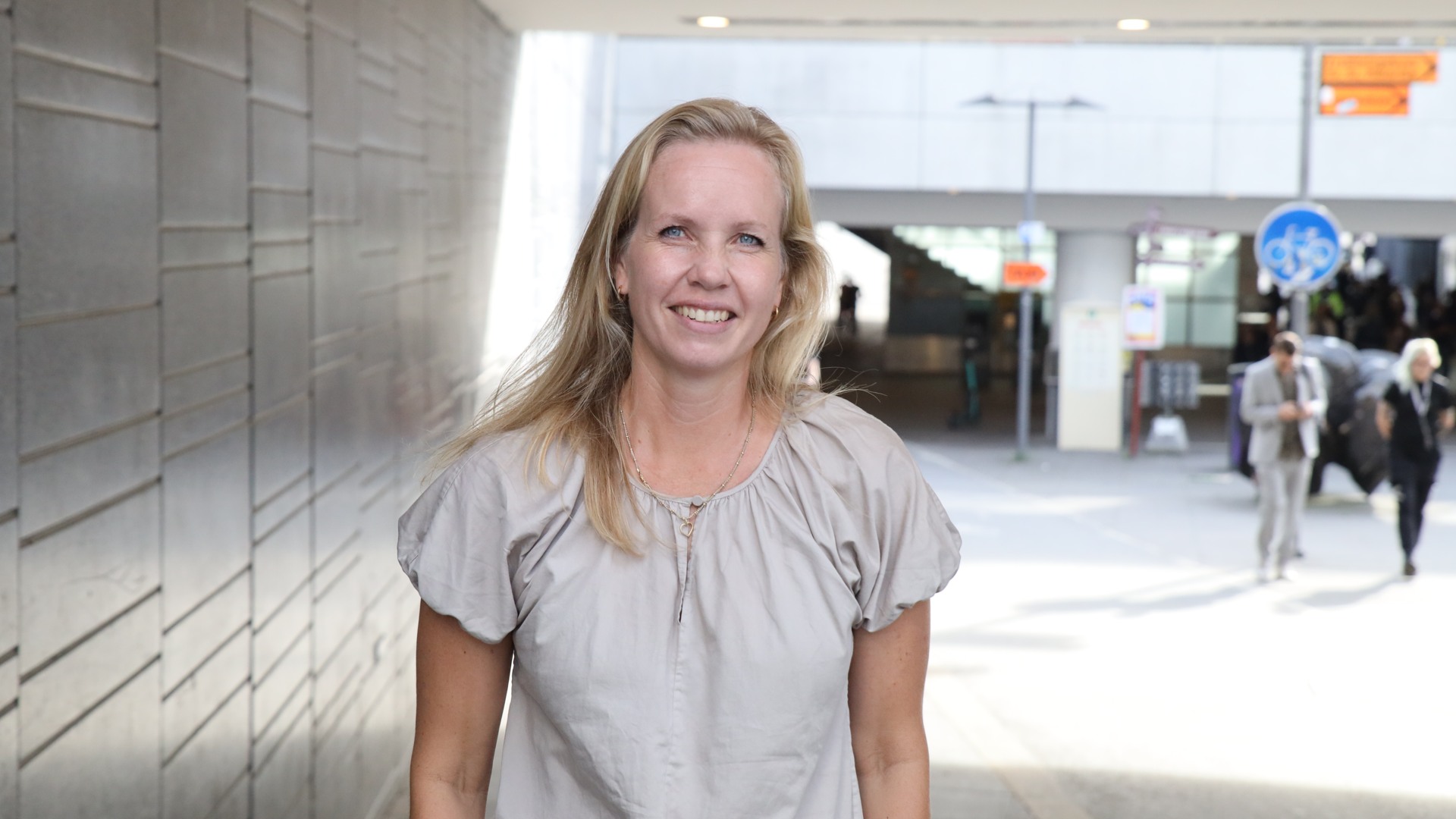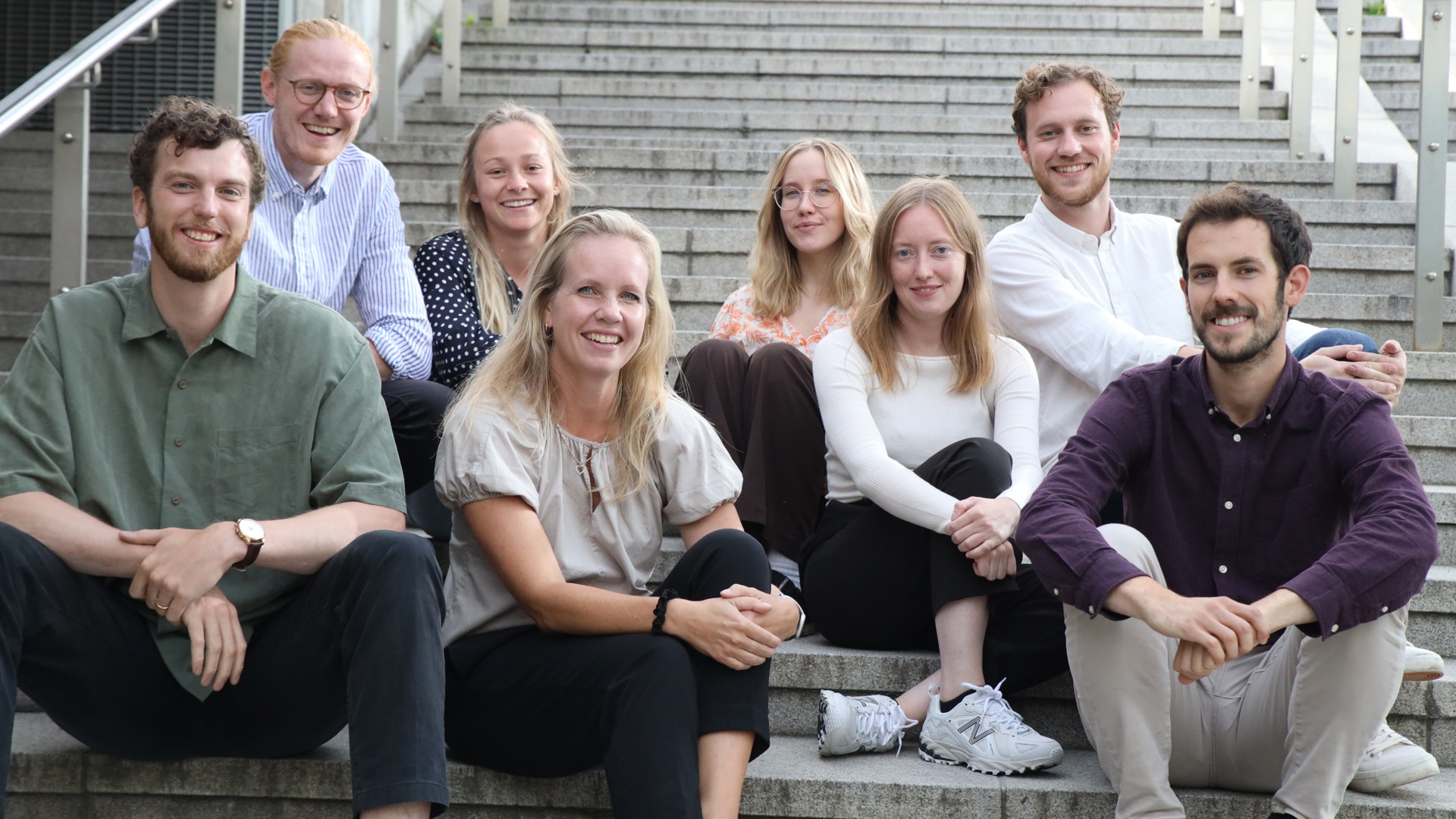The path to market for an EasyMining innovation
According to Landbring, the journey EasyMining innovations must take to reach the market is like many other industrial chemical processes. Yet, it has the company’s unique twist on certain things. For example, the initial pre-study or idea phase is open to everyone in the company for pitching potential innovations, not just the R&D team. However, R&D leads that first phase and the following development phase, in which innovations are tested and fine-tuned. An innovation that shows promise in development moves on to the process engineers for the feasibility study phase, in which they explore the practicalities of implementing it on a large scale. They determine what equipment is necessary, calculate operational specifications, and so on.
If an innovation is feasible, it enters the design phase, which has two parts: basic engineering and detail engineering. During basic engineering, the process engineers plan out everything for a large-scale facility to operate the innovation – selecting specific equipment, creating plant layout and procedures, etc. In detail engineering, they further that plan even more – purchasing equipment, updating the layout with details for the plant site, and such. After that, the process engineers hand things off for the next phases: construction and the plant start-up.
While the process engineering team does most of their work during the feasibility study and design phases, they also assist in the stages before and after. It’s another distinctive aspect of developing EasyMining’s innovations.
– I would say we are involved in most phases. Since we’re doing something new that no one has done before, we have to solve everything and put it all together in a way that will work on a large scale, Landbring explains.
The exciting challenge of doing something new
For most of her time at EasyMining, Landbring and her team have been focused on the company’s Ash2Phos and Aqua2N technologies. Both innovations offer groundbreaking approaches for reclaiming valuable nutrients from sewage and wastewater. They also pose unique challenges.
– Most of the material that we have as an input is waste. So you have to be really smart and have smart solutions. The chemistry has to work, but it also has to work business-wise, explains Landbring.
According to Landbring, a key factor for EasyMining’s success is a strong process engineering team, whose members have a wide range of talents and experiences. They also need a certain mindset for when there’s not always a clear and immediate answer to a problem.
– You have to come up with the solution yourself and enjoy that, not become stressed. It can be challenging sometimes to do something new, but that’s also what makes it interesting and exciting, says Landbring.
If so, then interesting and exciting times lie ahead for EasyMining’s process engineers. Two Ash2Phos plants are set to go online by 2026, and Landbring anticipates that the team can begin the last step of the design phase for both by early 2024.
– We hope that we can start the detail engineering part of the phase soon. We are ready to start building, she says.

 EasyMining´s Process Engineering Team: Top row from left: Oskar Rudenius, Isabella Lyngsö, Lina Håkansson, Johan Askmar. Bottom row from left: Måns Gerdtsson, Hanna Landbring, Clara Lidqvist, Alejandro Gracia Tabuenca. (Ida Blomgren is missing from the picture)
EasyMining´s Process Engineering Team: Top row from left: Oskar Rudenius, Isabella Lyngsö, Lina Håkansson, Johan Askmar. Bottom row from left: Måns Gerdtsson, Hanna Landbring, Clara Lidqvist, Alejandro Gracia Tabuenca. (Ida Blomgren is missing from the picture)